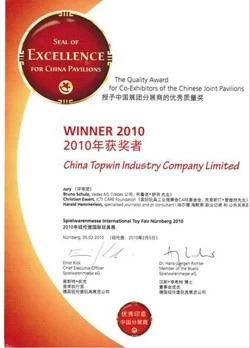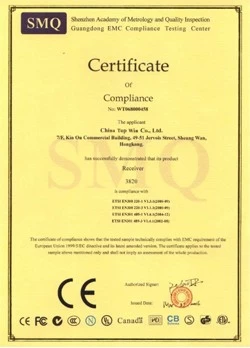Retention in the Age of Job Hopping
chinatopwin
chinatopwin
2018-01-06 09:35:15

Well, neither are employees.
It's a "chicken-or-egg" phenomenon. It can be tough to tell which came first. However, if you're an
employee-centric firm, such a lack of reciprocal commitment can be troubling.
Here are some ways to counter the foot-out-the-door mentality that has become so ubiquitous
Here are some ways to counter the foot-out-the-door mentality that has become so ubiquitous
among employees when a seemingly better offer comes along:
Broaden how you address and define talent
Abt Associates' chief human resources and chief ethics officer Clarissa Peterson, GPHR, SPHR,
Broaden how you address and define talent
Abt Associates' chief human resources and chief ethics officer Clarissa Peterson, GPHR, SPHR,
observes that, "When employers are looking for talent, talent is defined too narrowly." Technical
attributes are one thing, but she feels that employers need to take a more holistic approach to job
roles.
She suggests introducing "cultural interview" questions to make sure prospects "don't just fit the
She suggests introducing "cultural interview" questions to make sure prospects "don't just fit the
boxes in terms of the functional qualifications - but are also a fit with your culture." Likewise,
interviewees glean aspects of company culture from the questions asked. Ask candidates about
their "aspirations, dreams, what excites them, what they want to do, and what they want to get
from this experience." She says such input about their career path will help them make a decision
that will result in a longer-tenured employee, as well as a more satisfied and engaged one.
Think career lattice - not career ladder
Employees' desire to move through the ranks quickly is a challenge for many employers.
Think career lattice - not career ladder
Employees' desire to move through the ranks quickly is a challenge for many employers.
Hindrances often stem from organizational barriers, ranging from the number of job openings at
any given time to the promotional process. Citing a Deloitte University Press study, Peterson
advises that companies jettison the notion of a career ladder, for one of a career lattice. Unlike a
ladder, which has a distinct, upwardly oriented structure, a career lattice can be scaled vertically,
horizontally, and in myriad other ways.
"Sometimes there isn't another rung on the ladder," notes Peterson. "However, in organizations
there are still ways to grow and to develop skills to help you be prepared to climb to the next rung
of the ladder if and when it is available." Examples include doing special projects and lateral
assignments. The first conversation about potential "lattice" opportunities should occur during the
interview process.
Recognize the opportunities hidden in plain sight
Peterson shared the story of a new employee who recently job-hopped - then asked to return to
Recognize the opportunities hidden in plain sight
Peterson shared the story of a new employee who recently job-hopped - then asked to return to
the original organization. When the employee got to the new role, the job wasn't as it had been
represented. "I didn't have the mentoring that I had here. I didn't feel like I was on a team. I didn't
have relationships, I was just sort of sitting alone in my work station, and I missed that," the
employee said. "And I recognized that I left for what I thought was going to make me happy, fulfill
me, and make me grow. And I recognized, I already had that."
This cautionary tale, points to a gap in communication that is common in many companies. On
This cautionary tale, points to a gap in communication that is common in many companies. On
the one hand, Peterson notes, before choosing to leave for another firm, employees need to say
to their managers, "I'm interested in learning and growing, and I feel like I'm not doing that." On
the flipside, she says, "The manager always needs to be thinking about employee talent, and
wondering: What else can I provide to help him or her learn and develop?"
Peterson cautions, "I think if those conversations happen often and sooner, then you would have
Peterson cautions, "I think if those conversations happen often and sooner, then you would have
less people feeling that they had to leave- because sometimes the grass is not greener."
Managers can also learn from their employees, as some of the old management rules, and the
tried-and-true ways of doing things may not work anymore - and need to be re-examined.
If a company is experiencing a problem with rapid turnover, a certified HR professional is a true
If a company is experiencing a problem with rapid turnover, a certified HR professional is a true
business partner who can reach into his or her tool kit and develop processes and tactics to
address these issues at a more strategic level. Peterson advises managers: "We need to make
sure we're keeping our eye on the ball, because every night our talent goes home. Our assets
leave. And they decide the next day if they want to come back and we want them to come back
not just in person - but to come back engaged, connected, and excited, not just sitting in their
seats."











